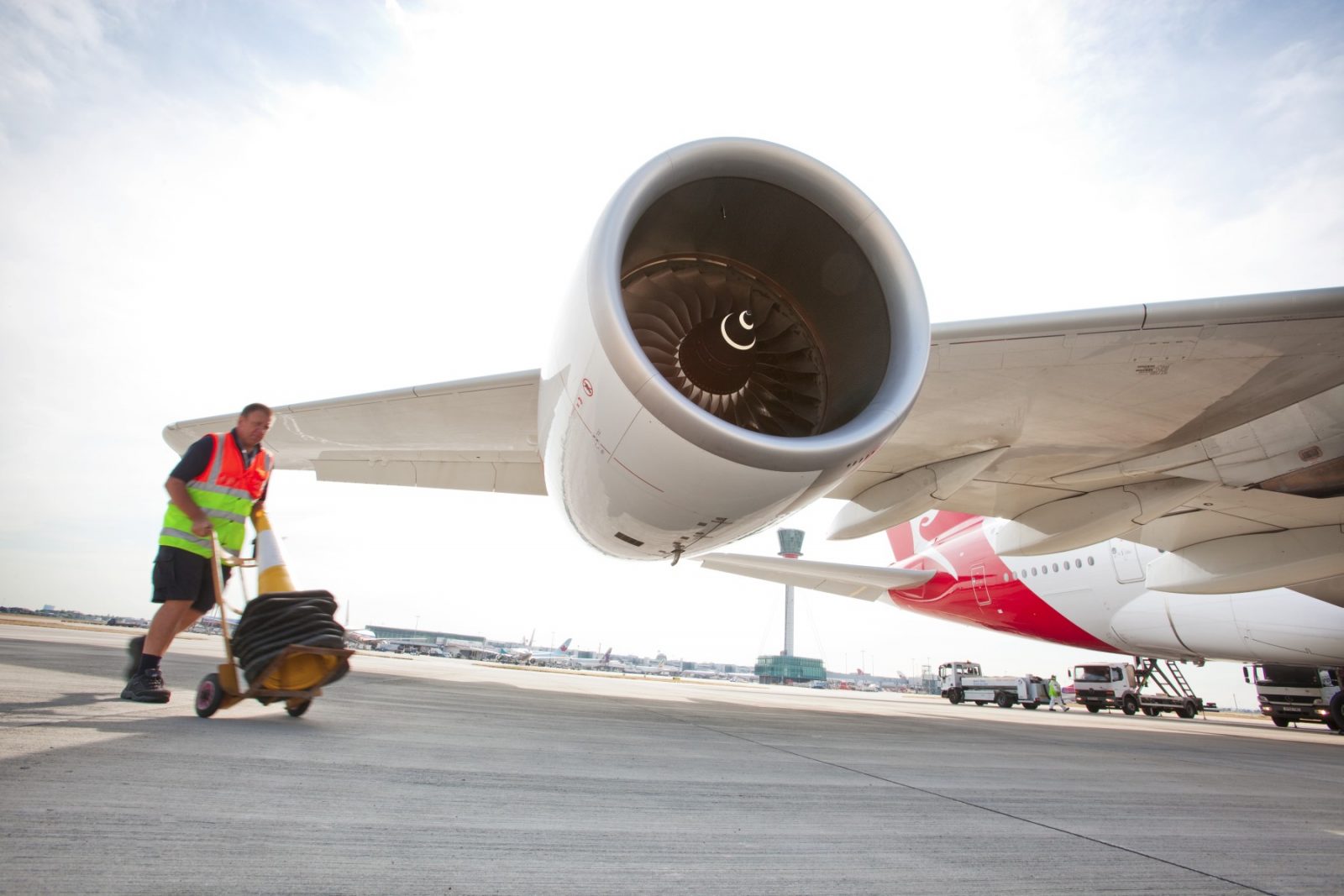
There’s some very welcome news for nervous fliers today as it turns out 2017 just so happened to be a very safe year for commercial aviation. New figures released by the International Air Transport Association (IATA) – A trade group which represents 280 airlines around the world – revealed there was an accident in just over one in every million flights last year.
For what IATA classes as major accidents, like a major hull loss or an accident where a death occurred, the figures are even better – with just one major accident for every 8.7 million flights. That beat figures for 2016 and was also better than the five year average for these types of major accidents.
What seems remarkable is just how few aviation accidents there was last year – going to prove that an industry that transports more and more passengers every year is also getting safer. There were just 19 fatalities last year – IATA claims the five-year average is around 315 passenger and crew deaths per year.
“2017 was a very good year for aviation safety. Some 4.1 billion travellers flew safely on 41.8 million flights,” commented Alexandre de Juniac, IATA’s director general.
“We saw improvements in nearly all key metrics—globally and in most regions. And our determination to make this very safe industry even safer continues.”
Africa turned out to be a sweet spot for aviation safety in 2017 with no jet hull losses or fatal accidents last year. The Middle East and North Africa, North America and North Asia didn’t see any jet hull losses in 2017 either.
It wasn’t all good news, however, as these figures are only intended for passenger carrying flights. IATA notes that the crash of a cargo jet last year resulted in 35 deaths on the ground and the flight crew aboard the aircraft.
For an accident to make it into IATA’s figures the aircraft has to have sustained major damage – like a complete hull loss, or damage exceeding $1 million in value. Passengers also have to have boarded the flight for the purpose of actually flying somewhere.
So, for example, a fire onboard a Qatar Airways A321 which gutted the cabin during maintenance won’t be included in IATA’s figures.
Unfortunately, 2018 hasn’t got off to a good start. Earlier this month a Russian passenger plane operated by Saratov Airlines crashed close to Moscow a short time after takeoff from the city’s Domododevo airport. All 71 passengers and crew aboard the flight were killed.
And in Iran, an Aseman Airlines flight crashed into the side of a mountain resulting in the death of all 66 passengers and crew. Tehran has blamed sanctions imposed on the country by the West for an ageing fleet of aircraft which could be at greater risk of being involved in an accident.
Mateusz Maszczynski honed his skills as an international flight attendant at the most prominent airline in the Middle East and has been flying ever since... most recently for a well known European airline. Matt is passionate about the aviation industry and has become an expert in passenger experience and human-centric stories. Always keeping an ear close to the ground, Matt's industry insights, analysis and news coverage is frequently relied upon by some of the biggest names in journalism.







